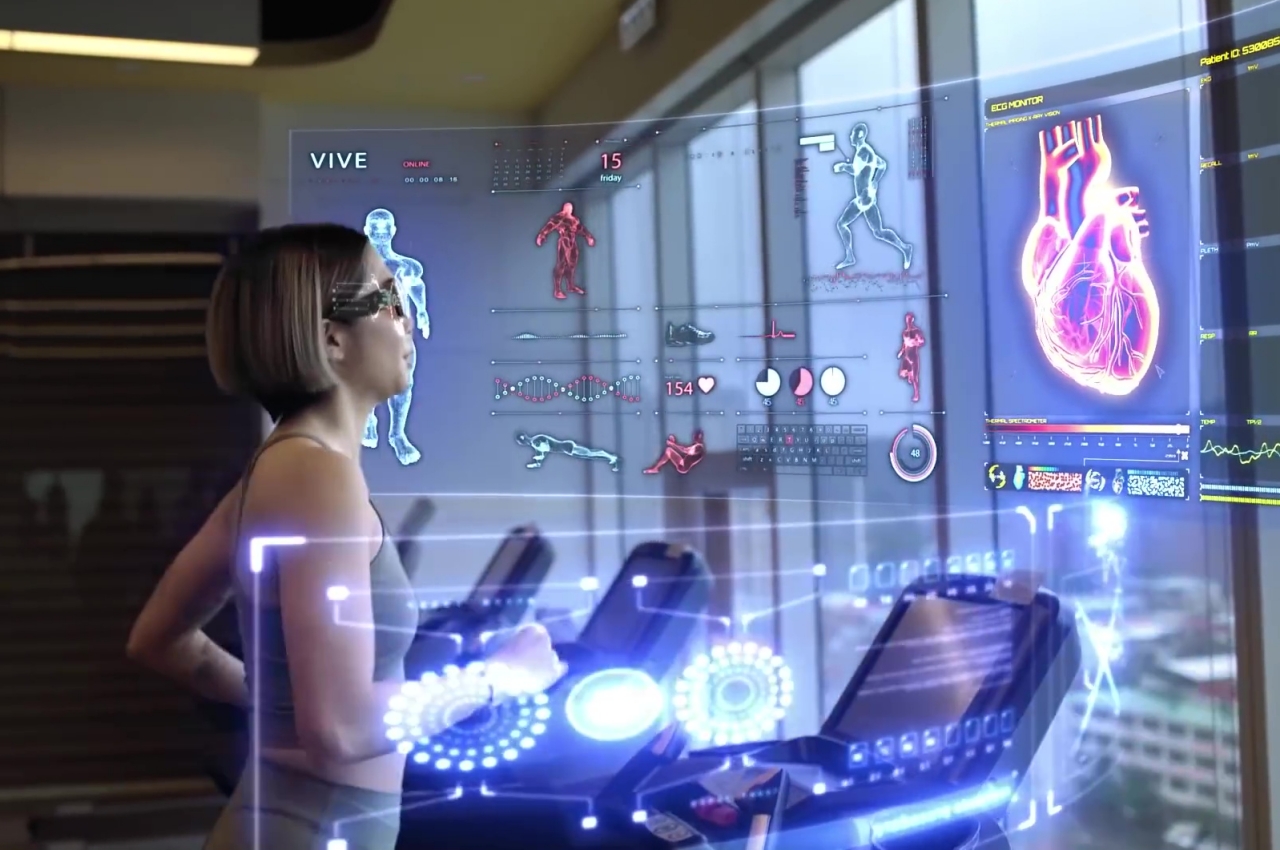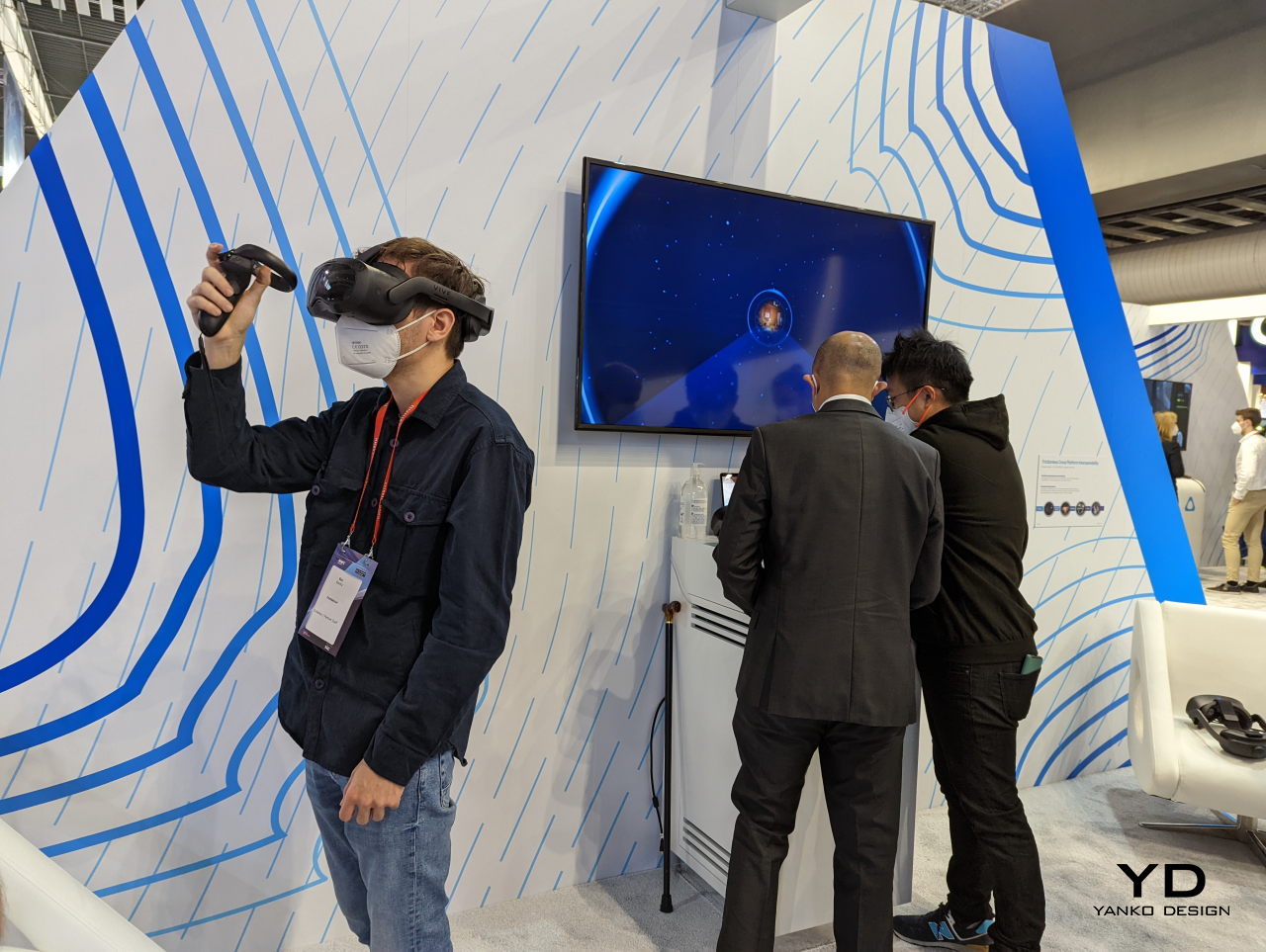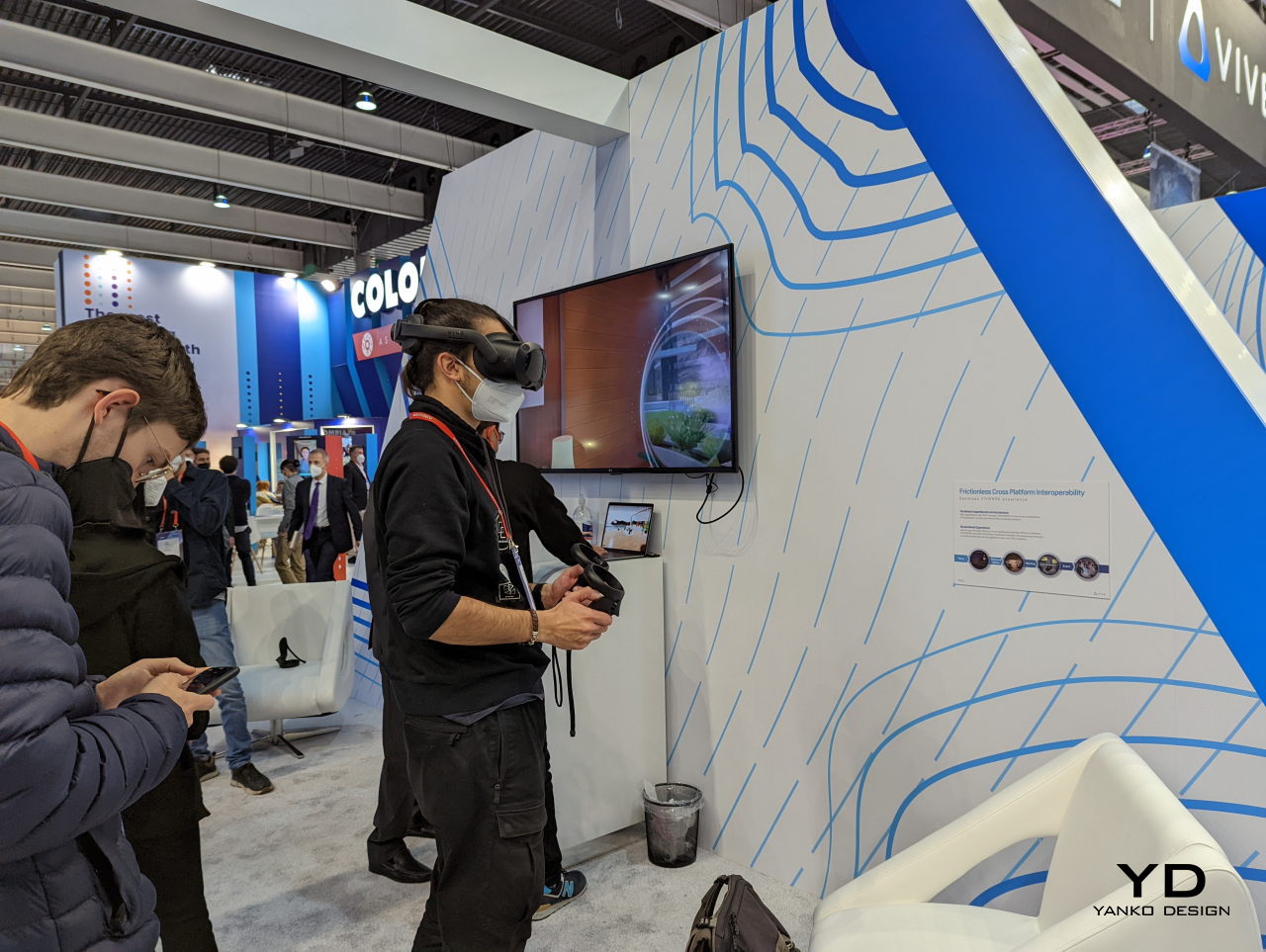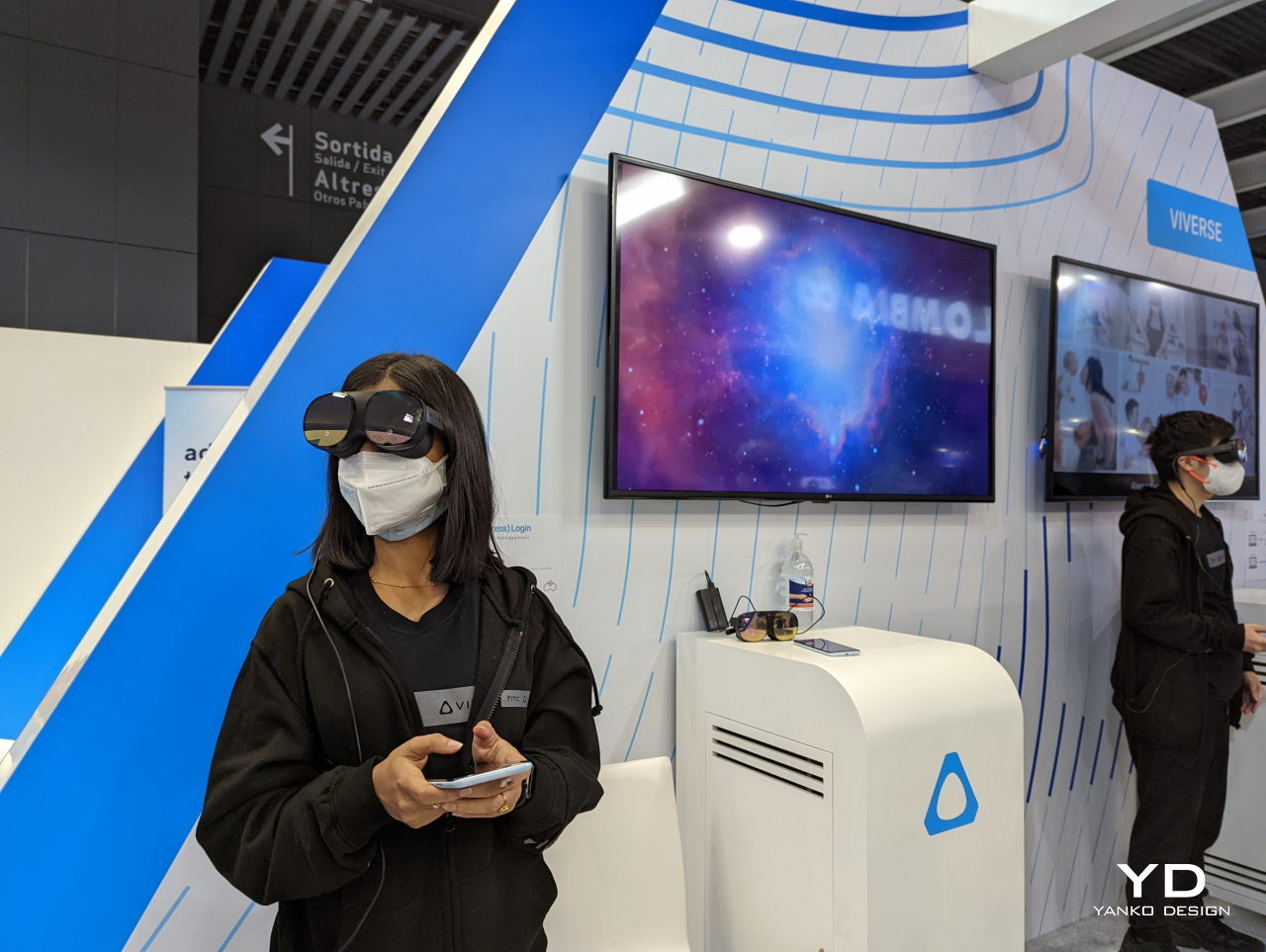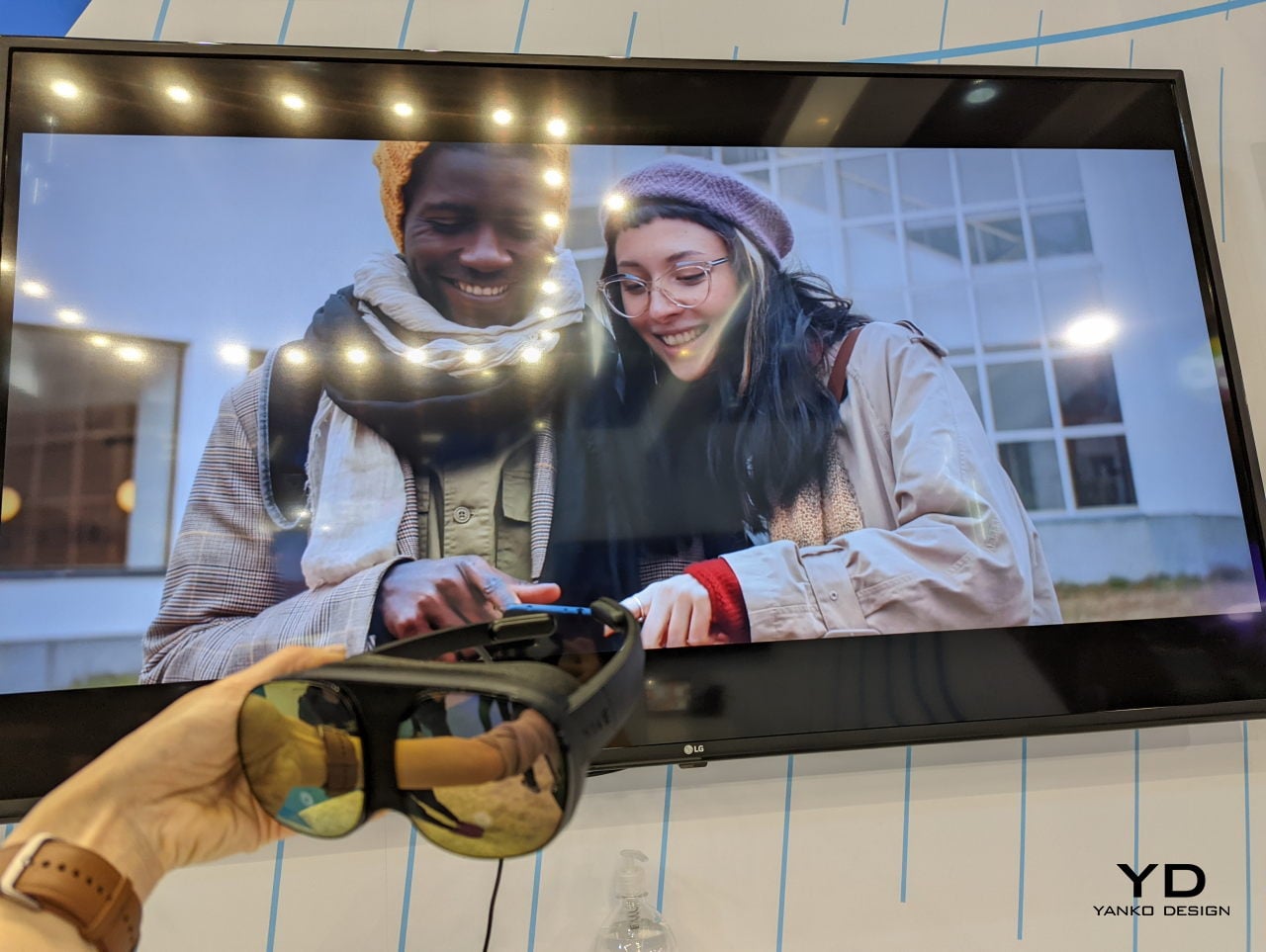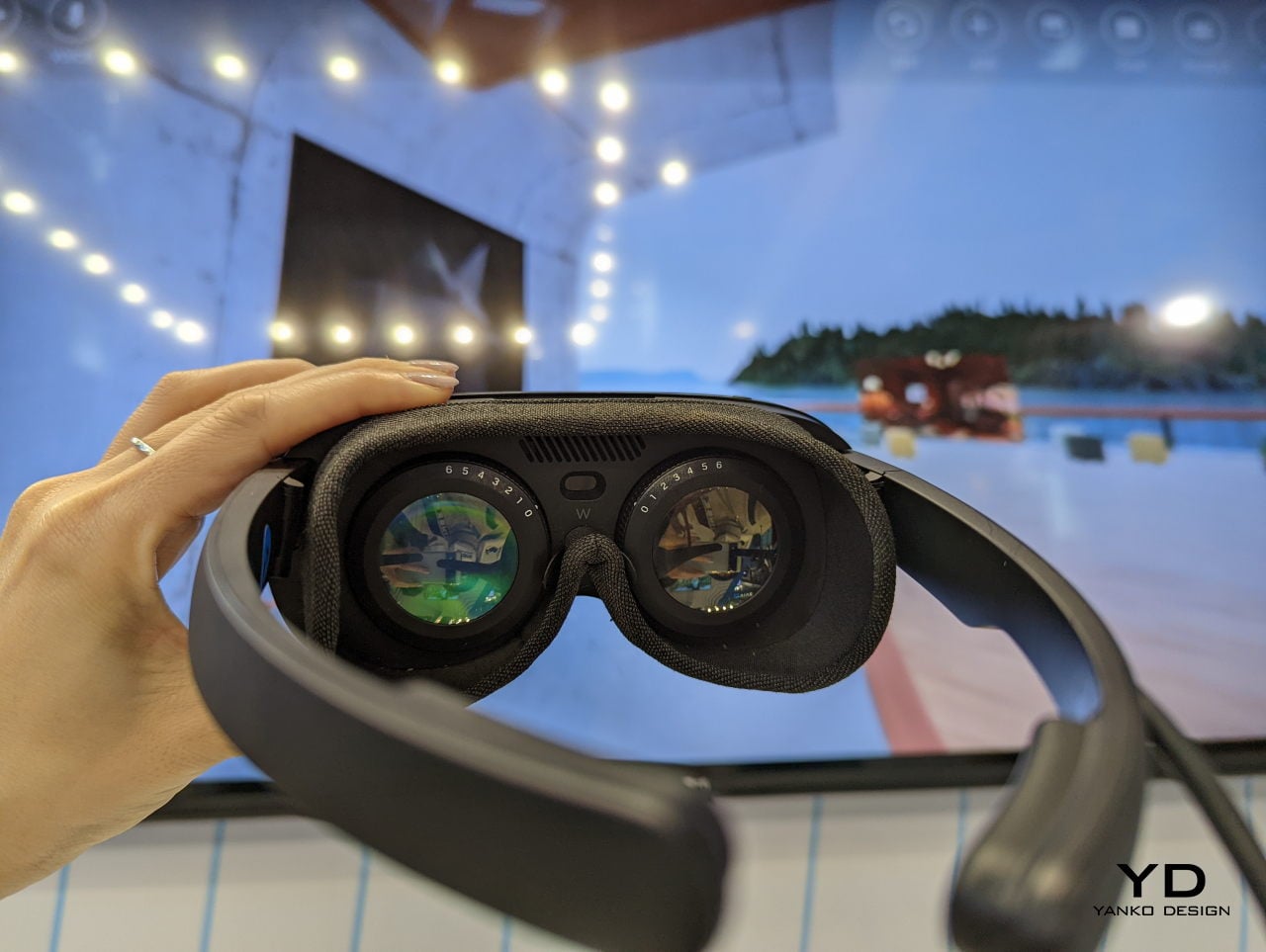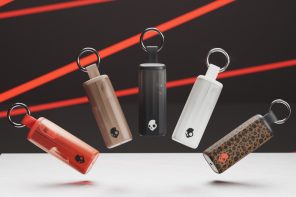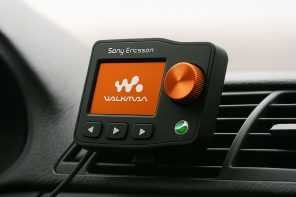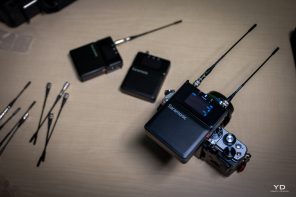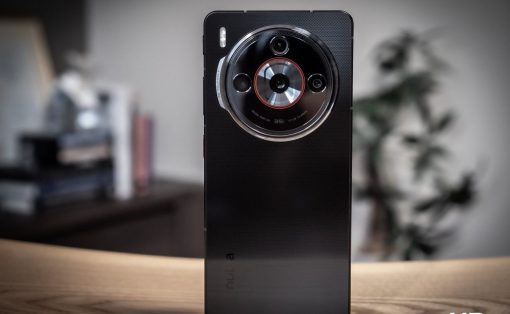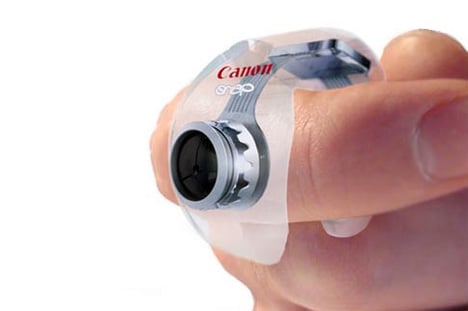The Metaverse is probably best enjoyed using a dedicated headset, but HTC’s idea is to make it available everywhere, including inside a car.
The term “Metaverse” has been thrown around before, but it was really Facebook, now rebranded as Meta, that really started hyping it up. Considering it also owns VR company Oculus, it’s really no surprise that it is focusing on that aspect of the experience. A true Metaverse, however, might actually require more than just one class of device to be truly immersive. That’s the spiel that HTC is making for its equally amorphous “Viverse,” but it shouldn’t be a shock to anyone that it also revolves around the company’s VR headsets.
Designer: HTC Vive
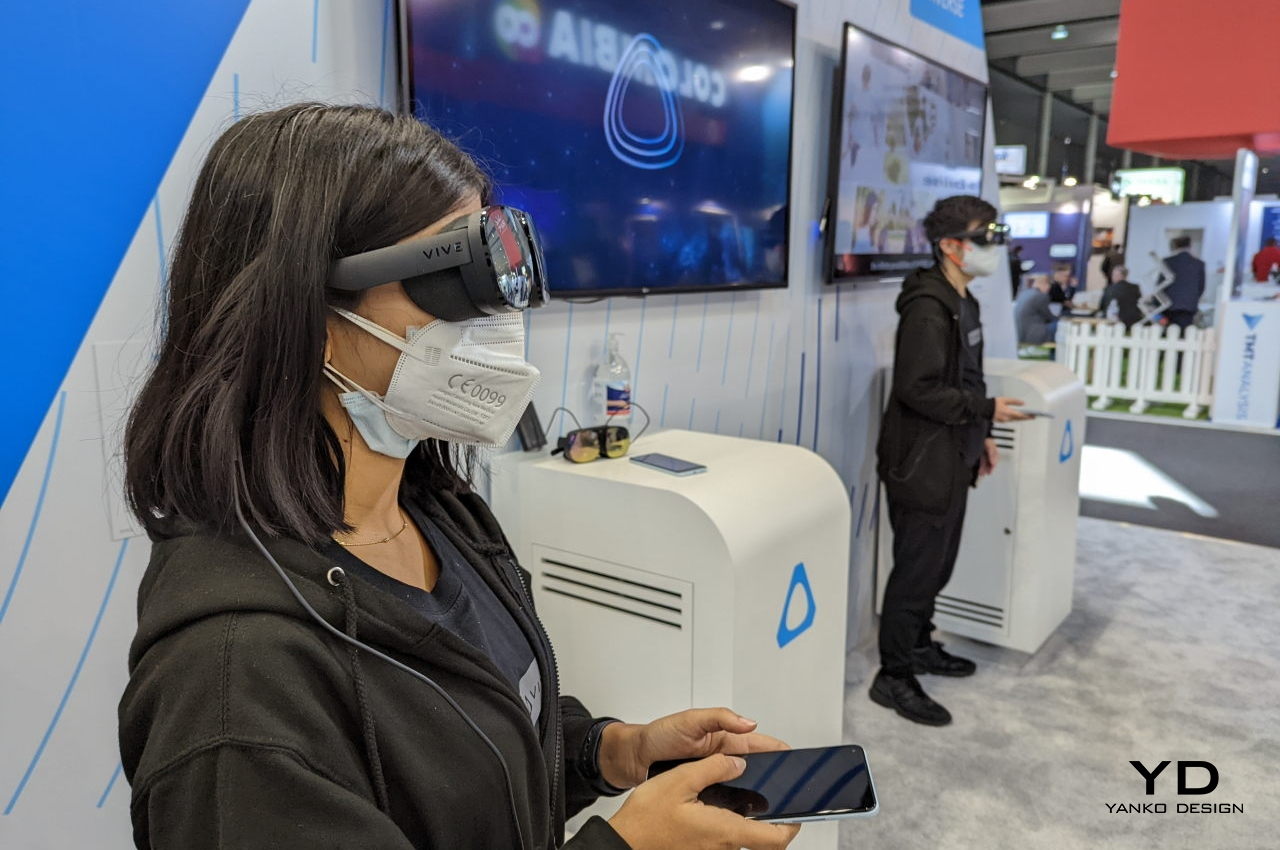
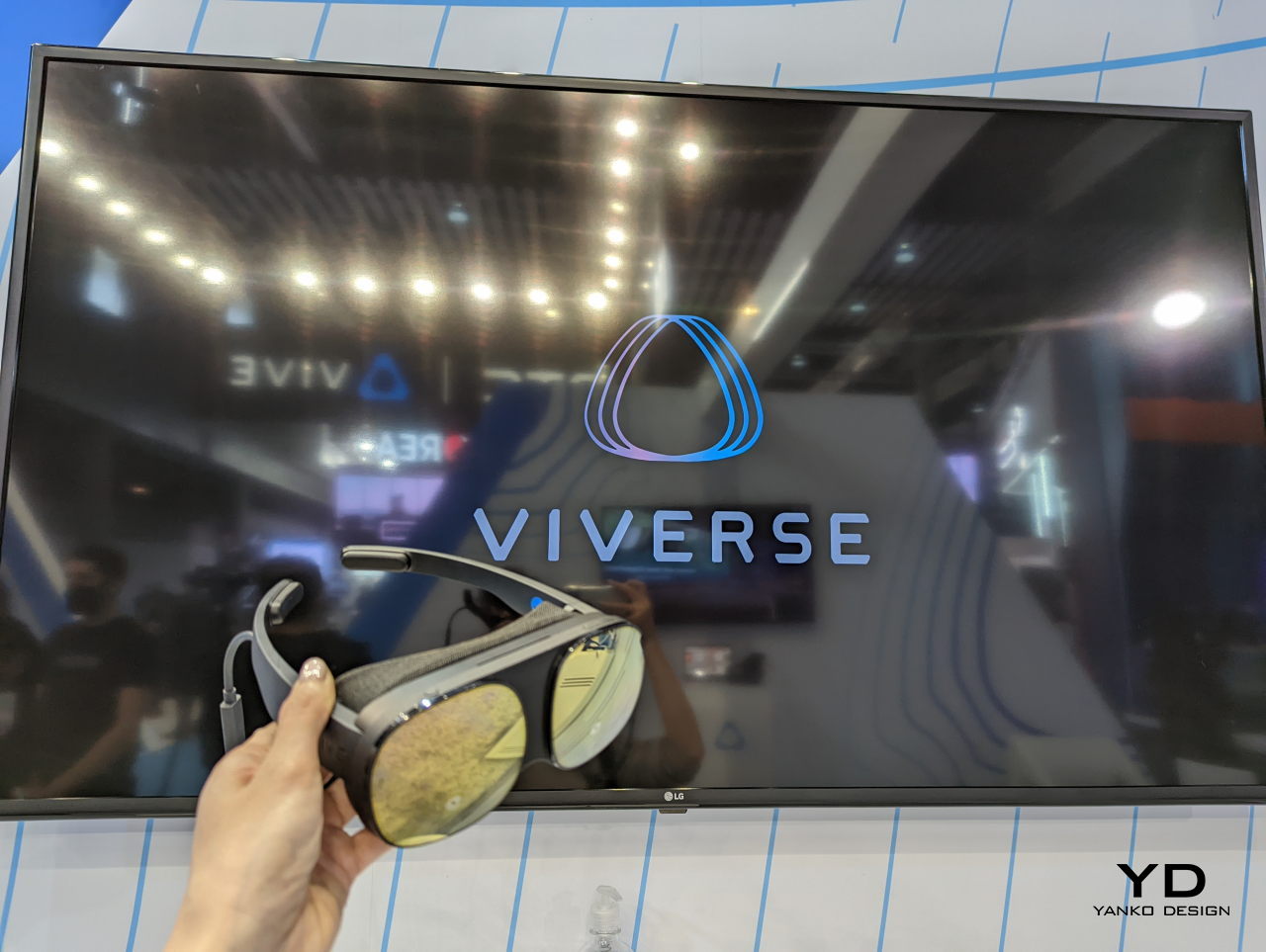
Vive and Oculus have long been rivals in the VR space and are the two biggest names when it comes to VR hardware. Some, however, might argue that, just like with its smartphone business, HTC has already silently left the race. Its presence at MWC 2022 tries to send a strong message that it is far from being down for the count, but, as expected, its message about the Metaverse still borders on being ambiguous.
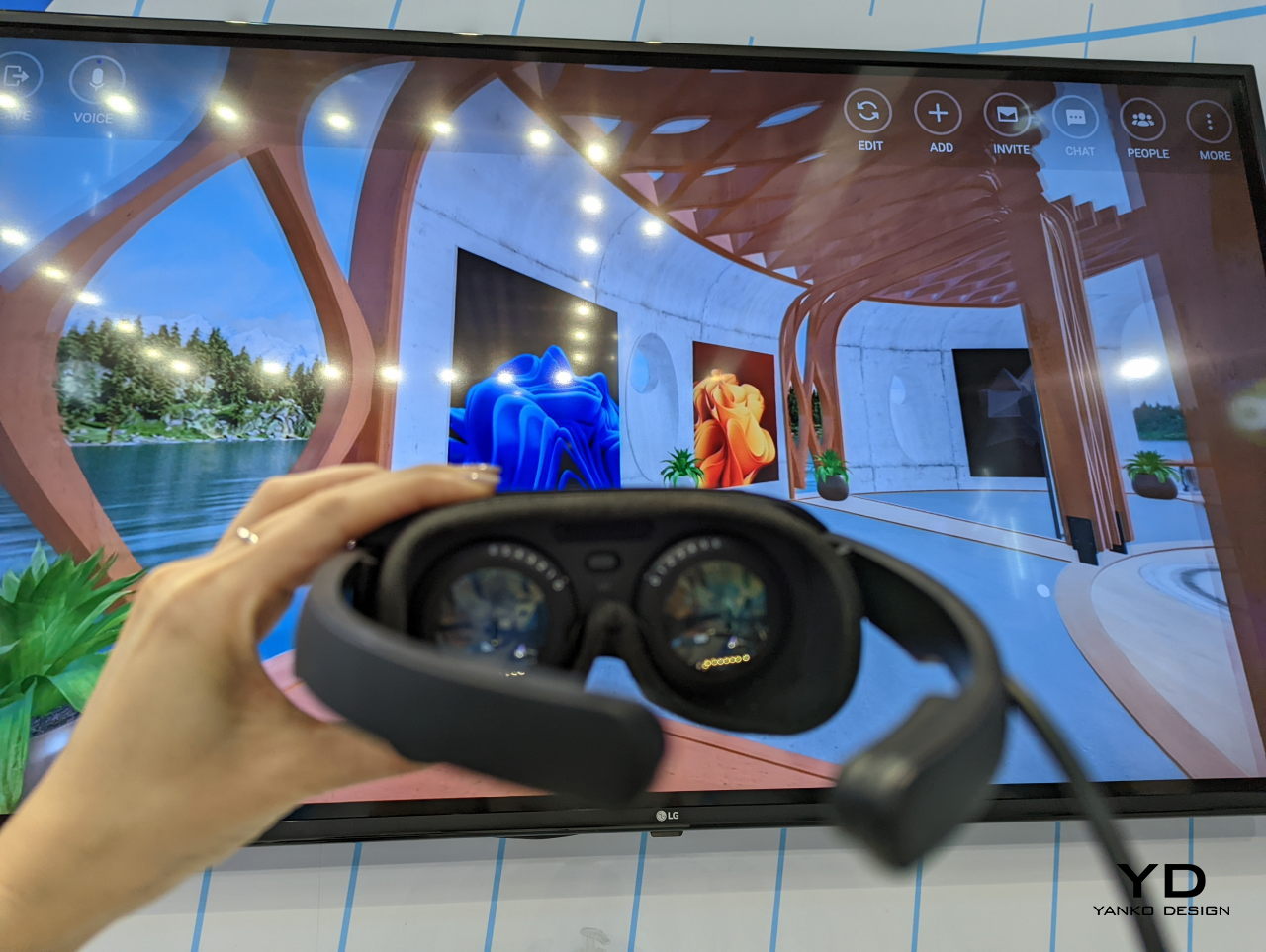

At its simplest, the Metaverse is an amalgamation of physical reality and the digital realm, and it is best experienced with VR glasses. HTC’s spin on this concept, which it dubs “Viverse,” sounds and looks pretty familiar to what we’ve seen so far. It basically involves being dumped into a virtual world and interacting with avatars of other people, most of whom are represented in stylized or unrealistic characters.
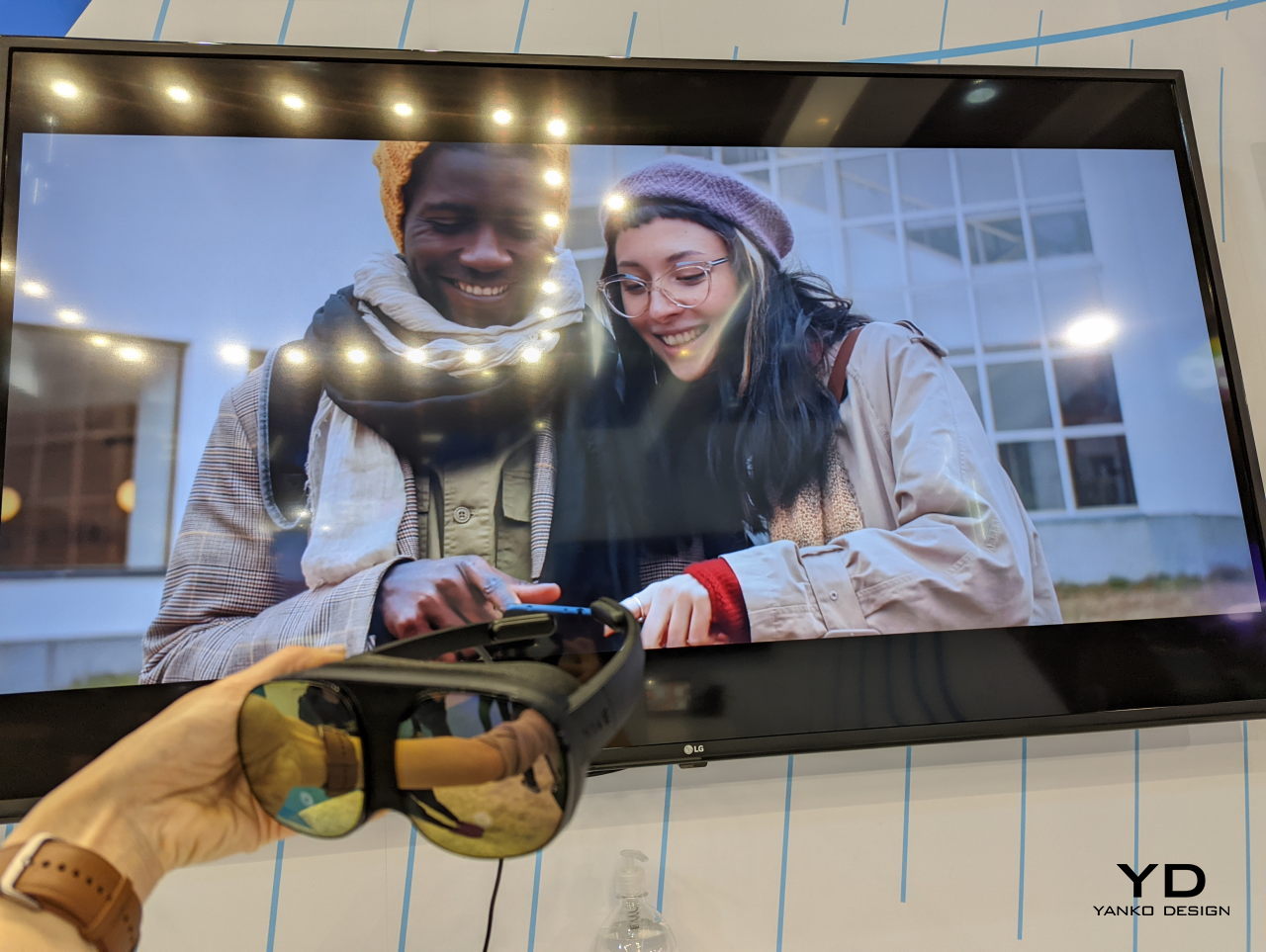
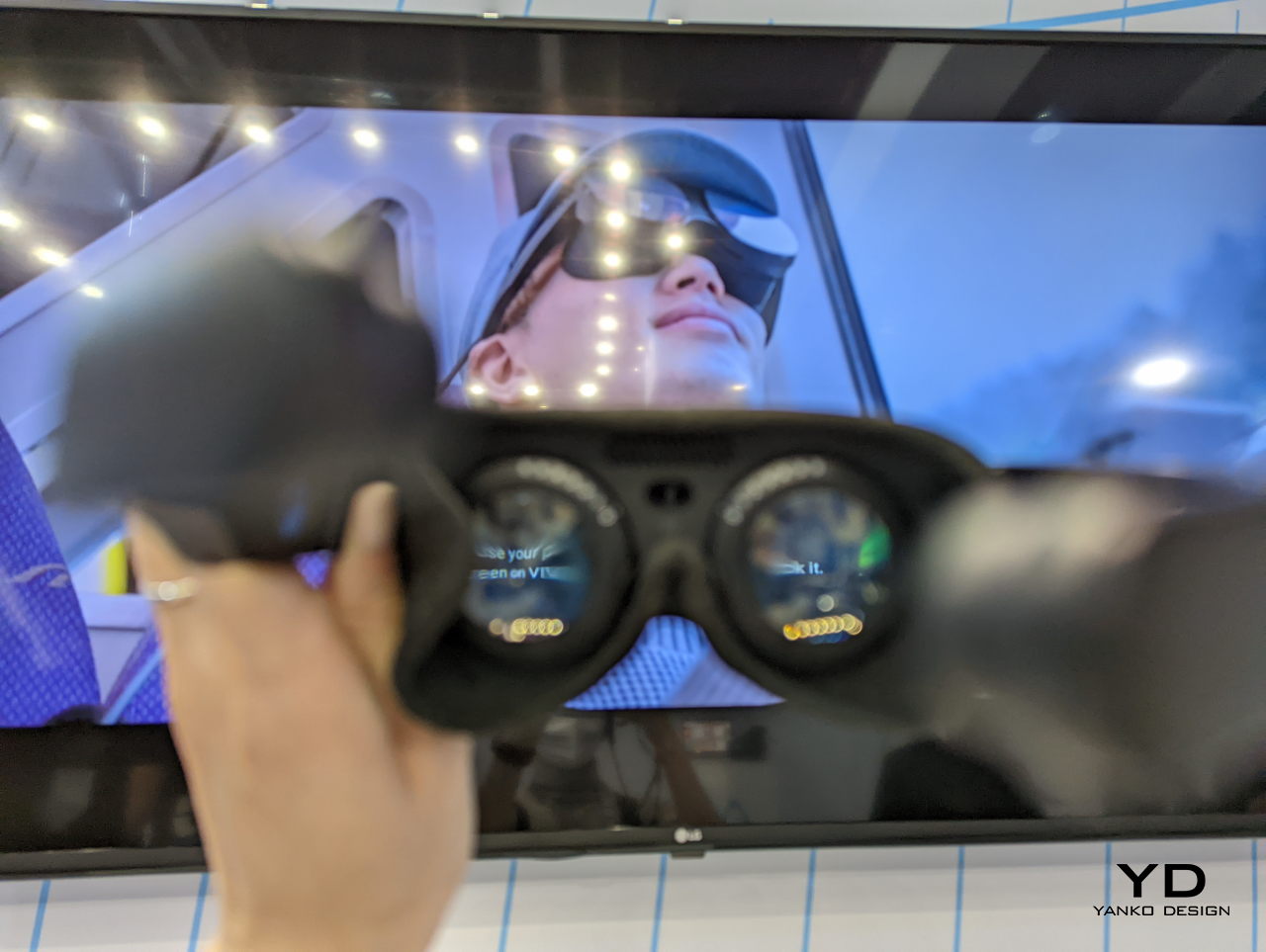
What makes HTC’s vision slightly different from most Metaverse implementations is that it doesn’t want to be confined to just VR headsets. At the moment, it does work primarily on the Vive Flow, the company’s current flagship hardware, because that is the primary gateway into a virtual realm. Compared to typical VR headsets, the HTC Vive Flow is designed to be lightweight and even resemble sunglasses, just gigantic ones in comparison. The goal, however, is to make Viverse work on tablets, smartphones, and PCs, or basically anywhere that has a web browser that can run XR or eXtended Reality experiences, allowing anyone to jump into the virtual world at any time from any place.
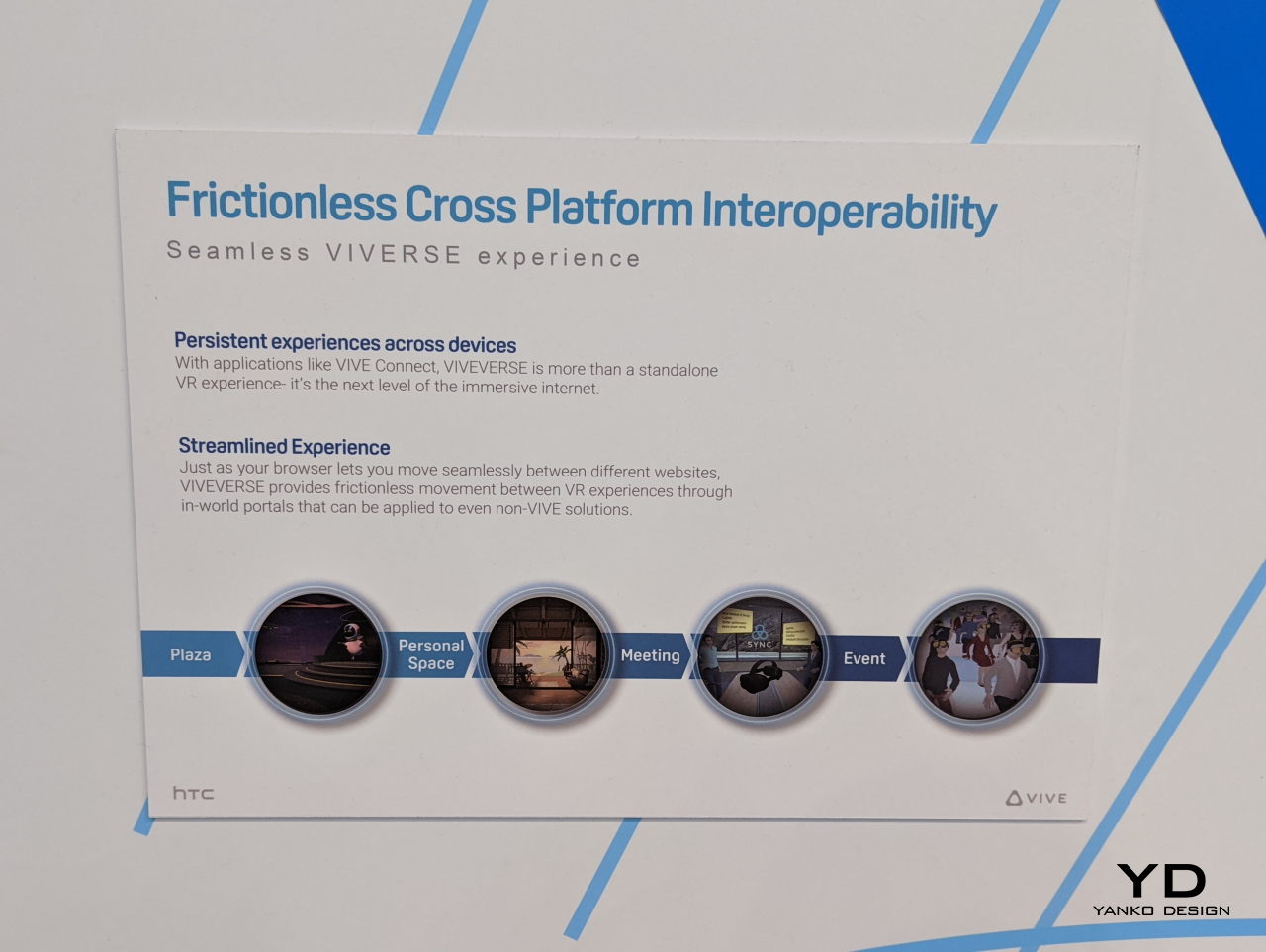
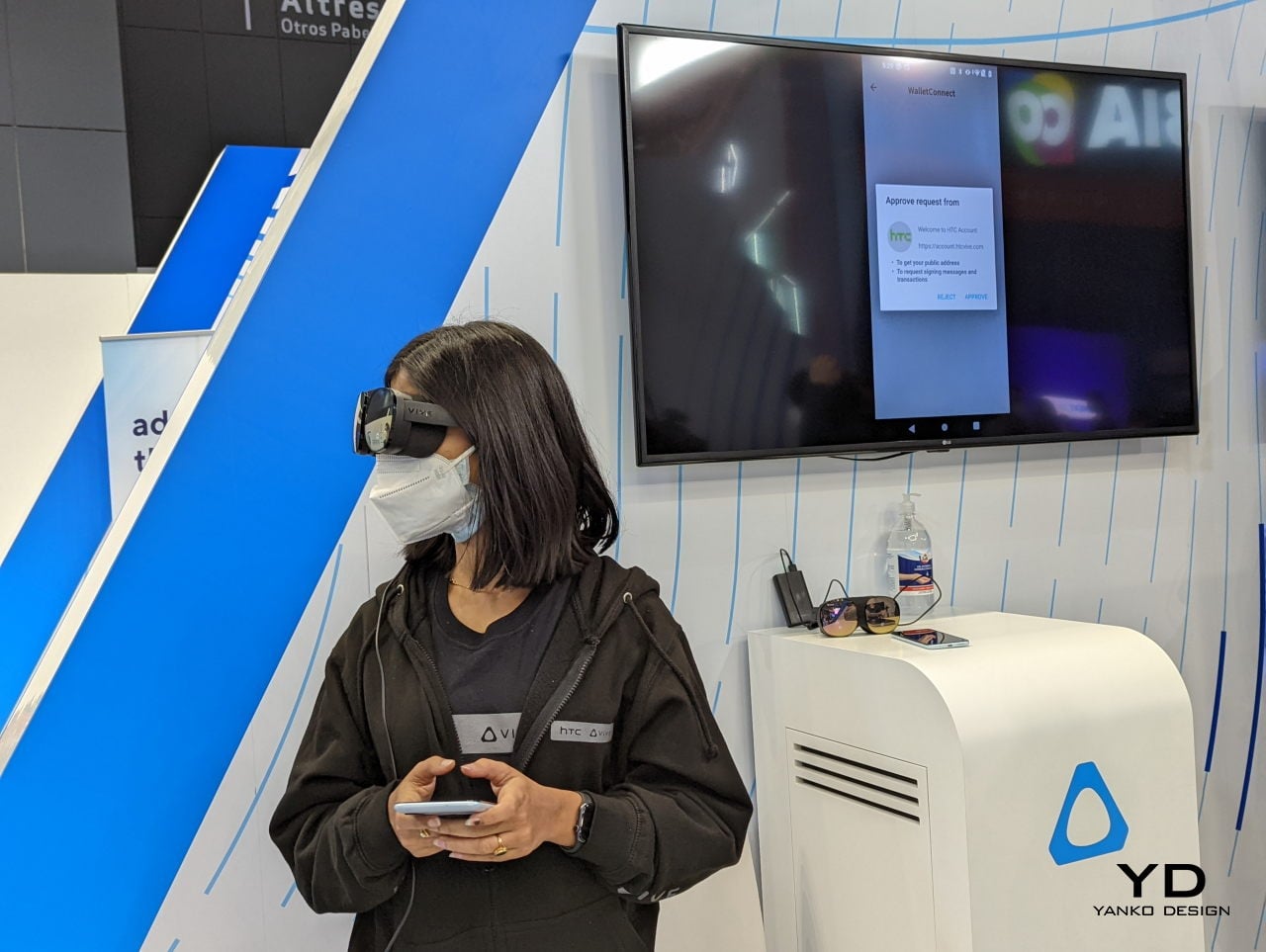
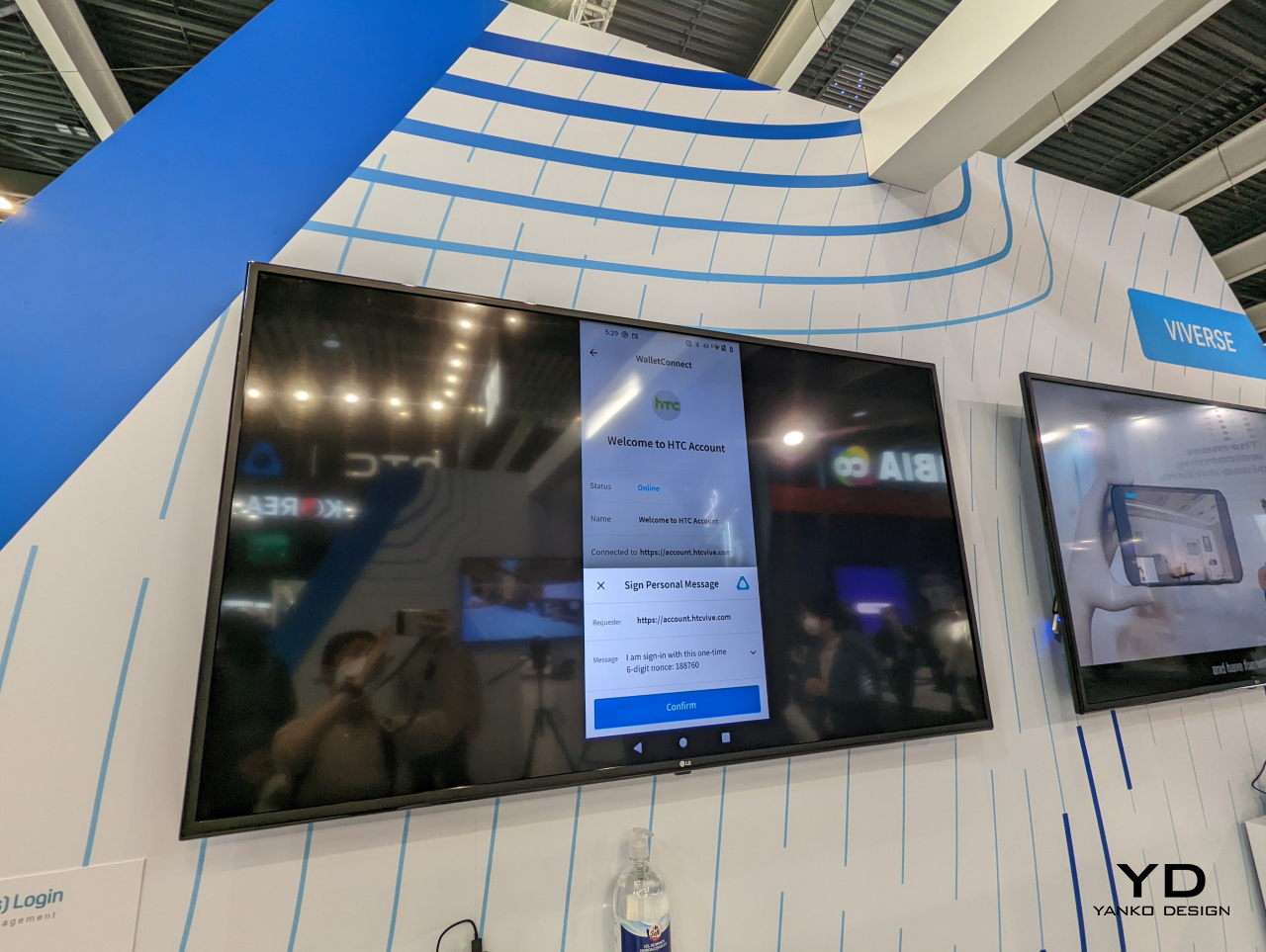
Vive already has some of the scaffolding in place, thanks to its years in the VR market. It takes no effort, for example, for Viverse users to hold virtual meetings and parties thanks to Vive Sync and Engage. The Metaverse, however, also opens the door for more experiences, some of them naturally involving cryptocurrencies and NFTs. You can meet with a friend or loved one at a museum, presumably represented by how they really look in the real world, and buy an expensive piece of NFT art.
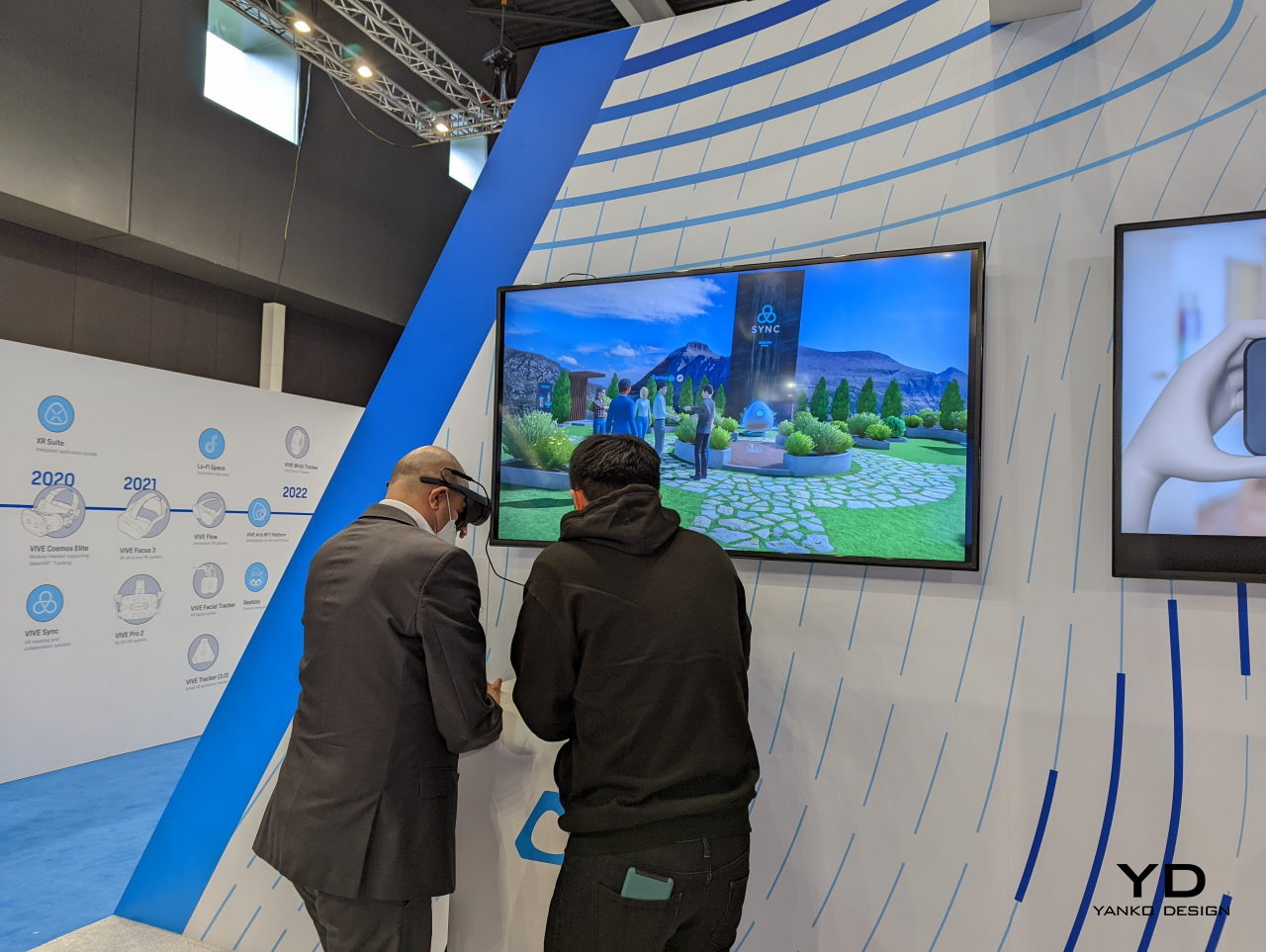
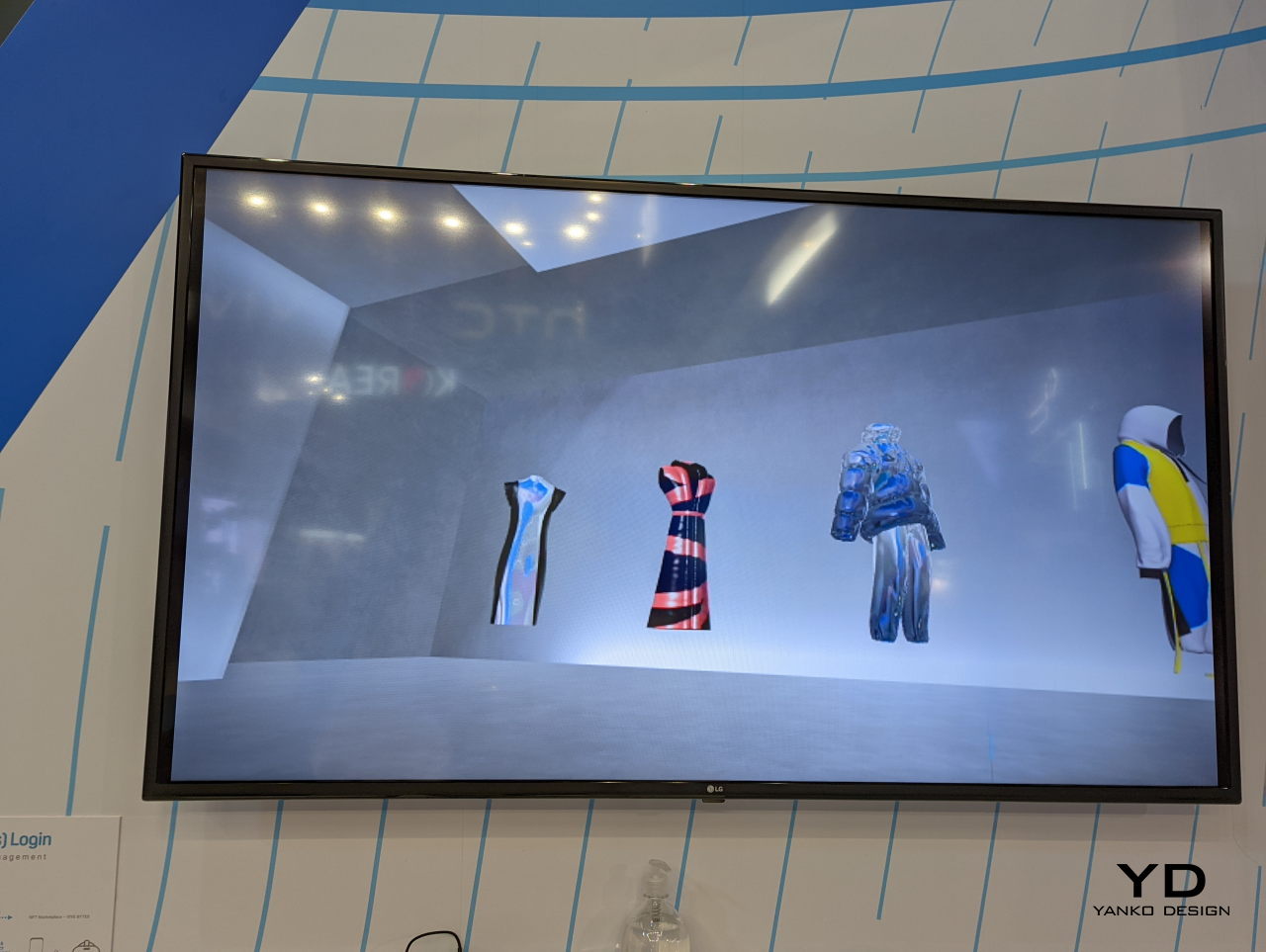

HTC also collaborated with a new partner to bring this Metaverse experience to transportation. More than just enjoying games and movies in cars, holoride can associate the vehicle’s movement and direction with what happens in the virtual world. There could be a new experience at every turn, literally. This experience could be available as early as the second half of 2022.
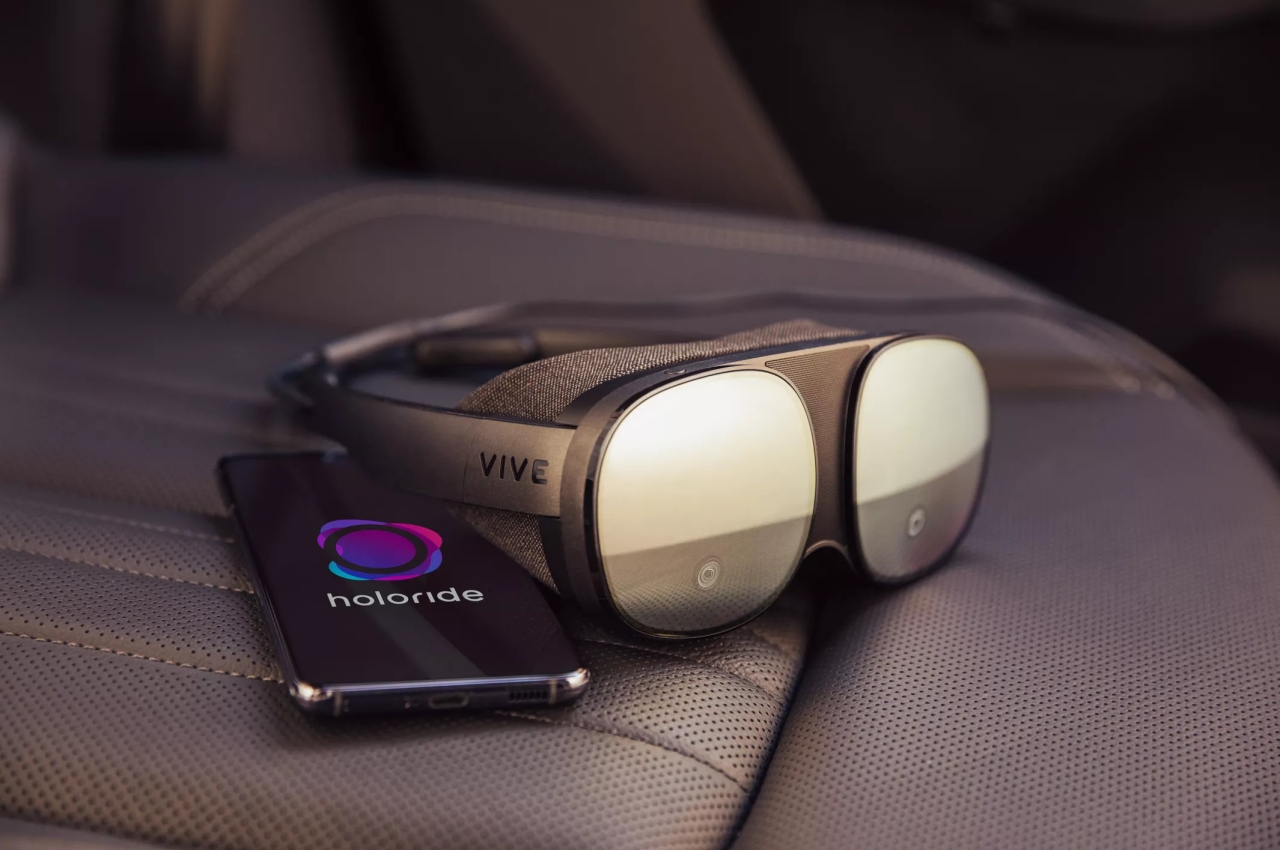

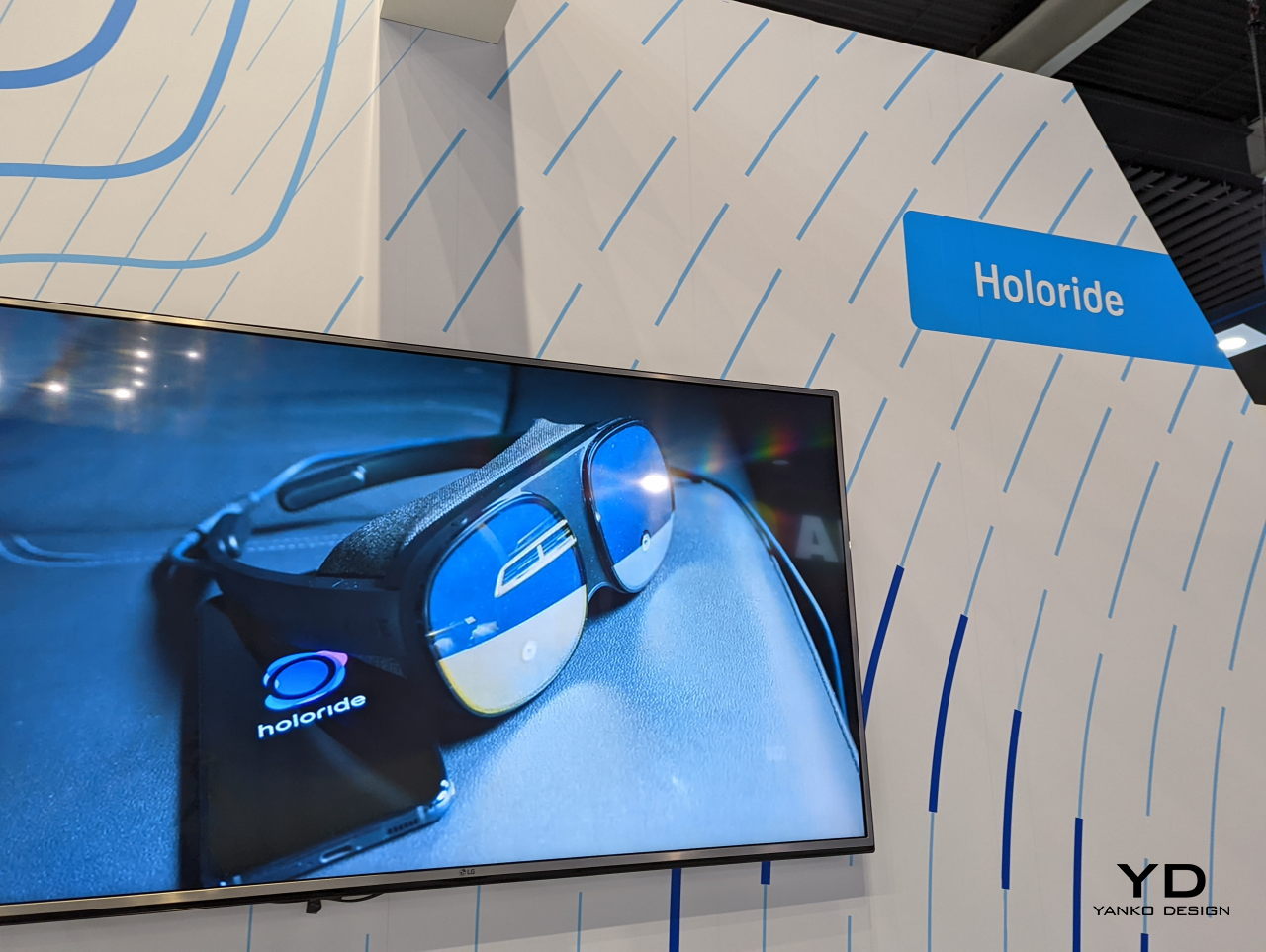
Vive’s MWC 2022 booth showcases the seeds of the Viveverse, which HTC admits is still in the conceptualization stage. Some features, like Sync and Engage, have already been in use for years, while others still need some time to become a reality. Whether HTC will last long enough to see the vision’s fulfillment is a different question entirely.
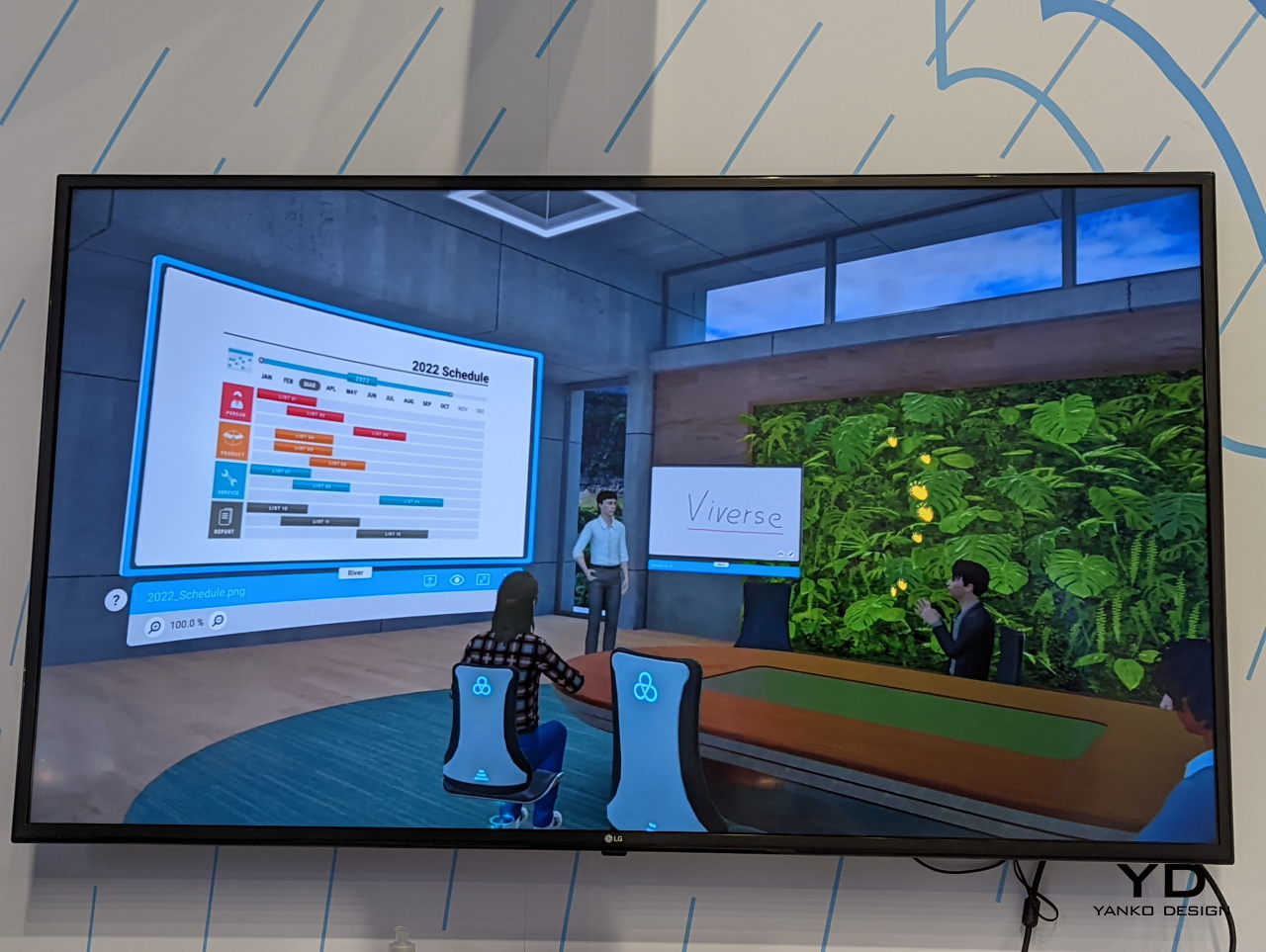
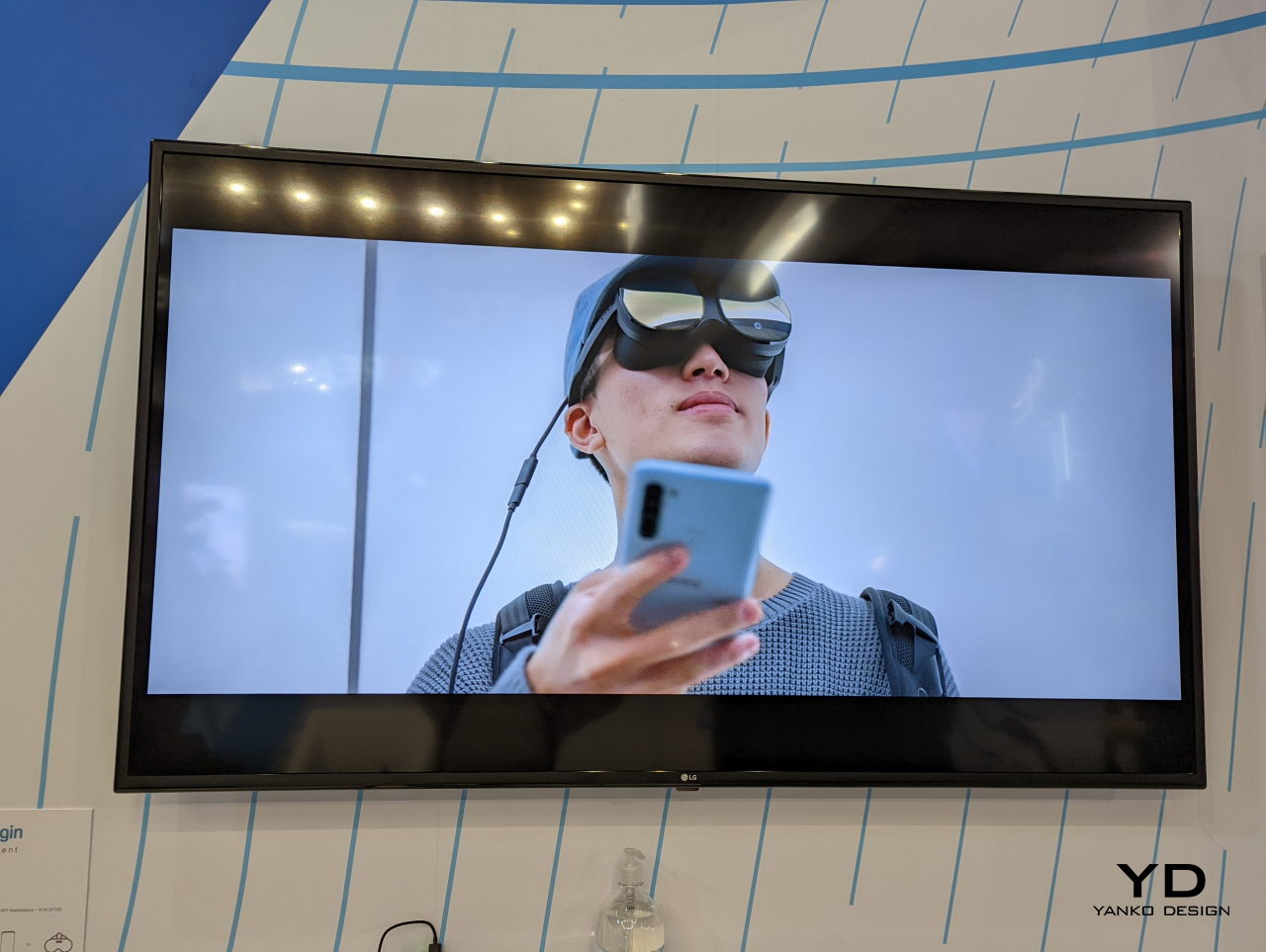
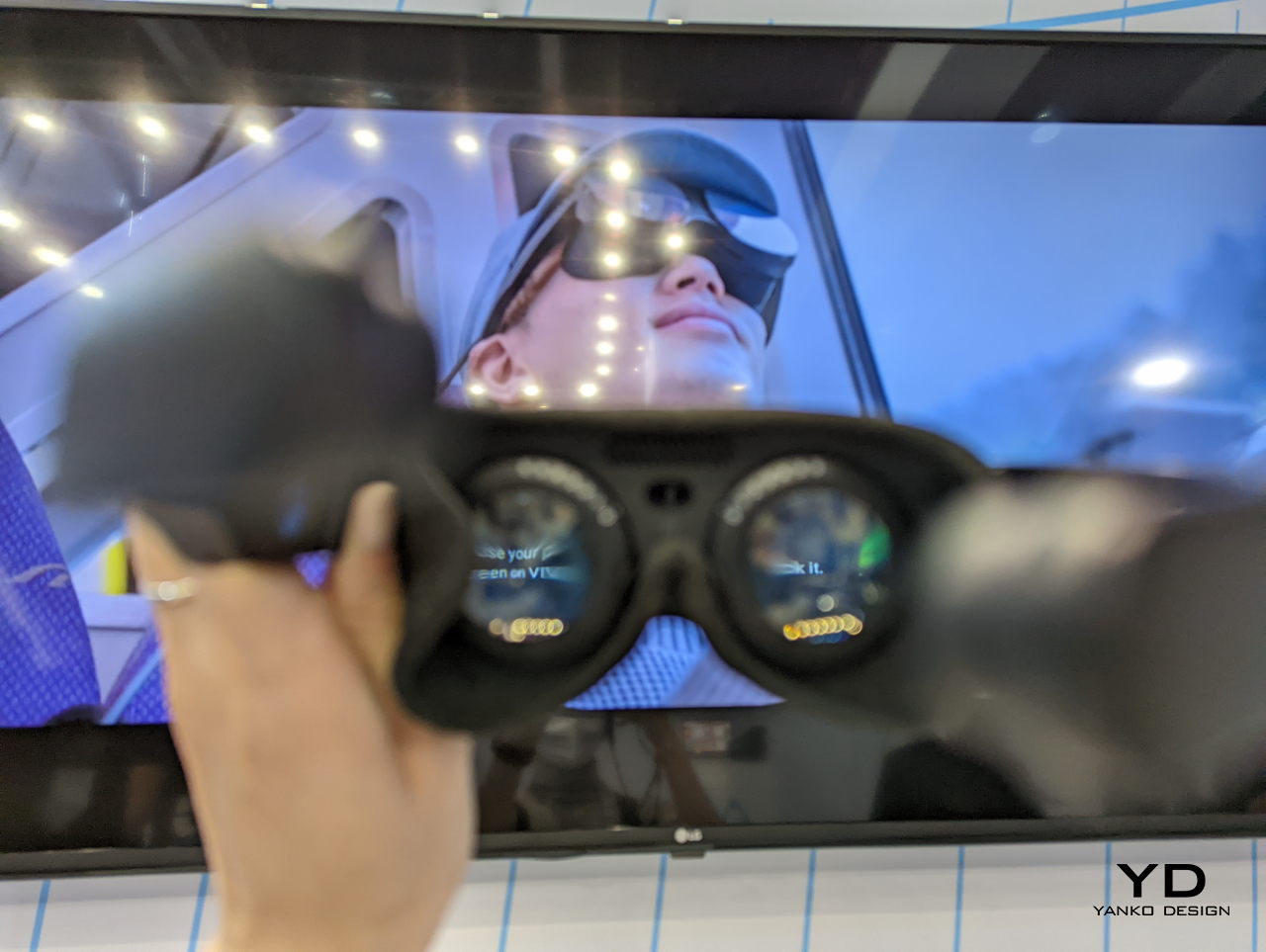
For all the hype and criticism it gets, the Metaverse does have the potential to change the way we live, how products are designed, and how we experience the world. Many implementations, including HTC Viverse, try to focus on the social aspects of the platform, allowing people to get closer despite being apart. Ironically, as the MWC 2022 showroom floor also demonstrates, the VR headsets we don to experience this Metaverse can actually be isolating, at least from the people already within your vicinity. Opening up the Metaverse to more devices will help free people from those restraints and make this mashed-up reality a bit more realistic.
